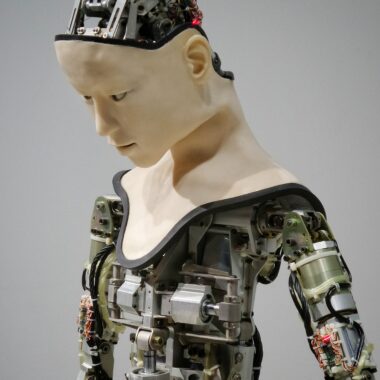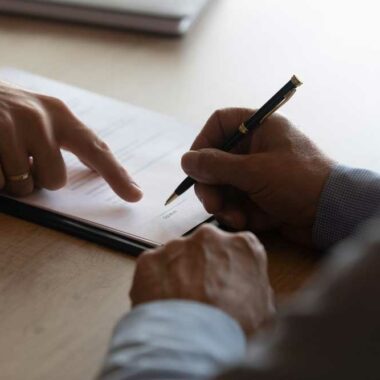| Sufficiency of Disclosure |
|
Under 35 USC 112 an inventor is required to disclose his invention in a way such that a notional ordinary person skilled in the art at the time of the invention would be able to make use of the invention by following the specification without undue experimentation. This requirement stems from the main idea behind having a patent system, which is to promote the development in the field of technology. Hence an inventor is remunerated by the state by granting monopoly rights to make use of the patent to the inventor in lieu of the full disclosure of the invention. Not conforming to sufficiency of disclosure is one of the grounds of patent revocation. Sufficiency of disclosure is hence a fundamental requirement for the grant of a patent and is almost same in all jurisdictions. For example paragraph 1 of 35 USC 112 states: PCT Article 5 says: Article 83 of the European Patent Convention states that an application must disclose the invention in a manner sufficiently clear and complete for it to be carried out by a person skilled in the art. Sufficiency is considered by the examiner during examination of a patent application and the requirement of Article 83 must be complied with in order for a patent to be granted. Insufficient disclosure is also a ground for opposition under Article 100(b) EPC. |




